Lithium battery anode material reactor
 Aug 21,2023
Aug 21,2023

 JCT
JCT
A reactor used for the production of lithium battery anode materials is a specialized piece of equipment designed for the synthesis and processing of materials used in lithium-ion batteries. Lithium battery anode materials are typically composed of materials like graphite, graphene, silicon, or various other carbonaceous compounds. These materials play a crucial role in the battery's performance, specifically in storing and releasing lithium ions during charge and discharge cycles.
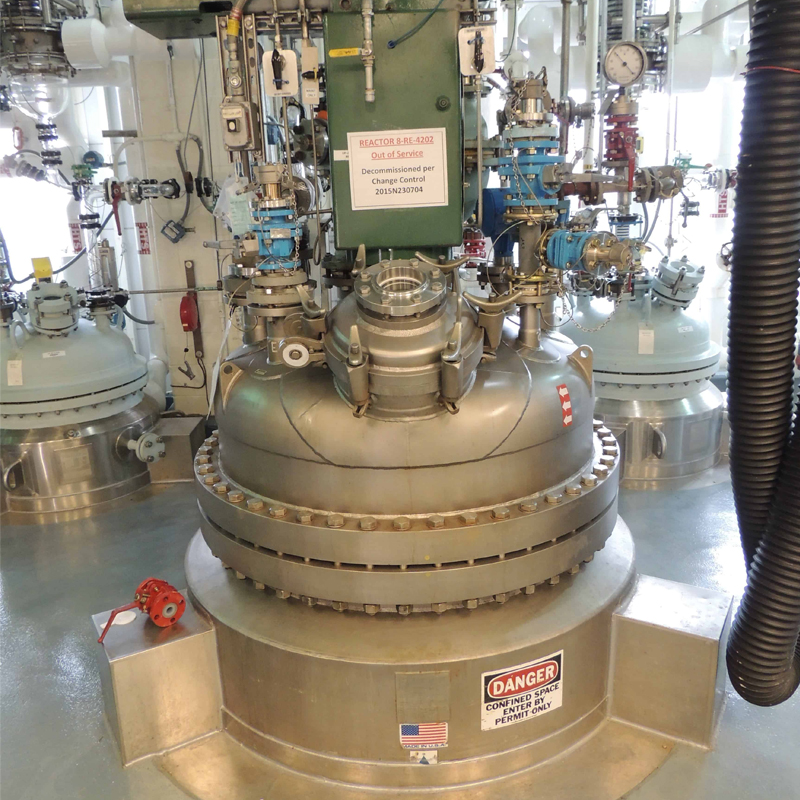
The reactor used in the production of anode materials for lithium-ion batteries must meet certain specifications and requirements, including:
-
High Temperature Control: Lithium-ion battery anode materials often require high-temperature processing steps. The reactor must be capable of maintaining precise and controlled temperatures to ensure the desired material properties.
-
Inert Gas Environment: Some processes may require an inert gas environment, such as argon or nitrogen, to prevent unwanted reactions with oxygen and moisture. The reactor should be equipped to provide and maintain such an environment.
-
Stirring or Mixing: Proper mixing or stirring mechanisms are crucial for achieving uniform distribution of materials and promoting chemical reactions.
-
Pressure Control: Depending on the specific process, the reactor may need to operate under controlled pressure conditions.
-
Safety Features: Safety features such as pressure relief systems, temperature monitoring, and emergency shutdown mechanisms are essential to ensure the safety of the operators and the equipment.
-
Materials Compatibility: The materials used in the reactor's construction must be compatible with the chemicals and temperatures involved in the anode material production process.
-
Precise Process Control: Lithium-ion battery anode materials often have strict quality and performance requirements. Therefore, the reactor must allow for precise process control and monitoring to meet these specifications.


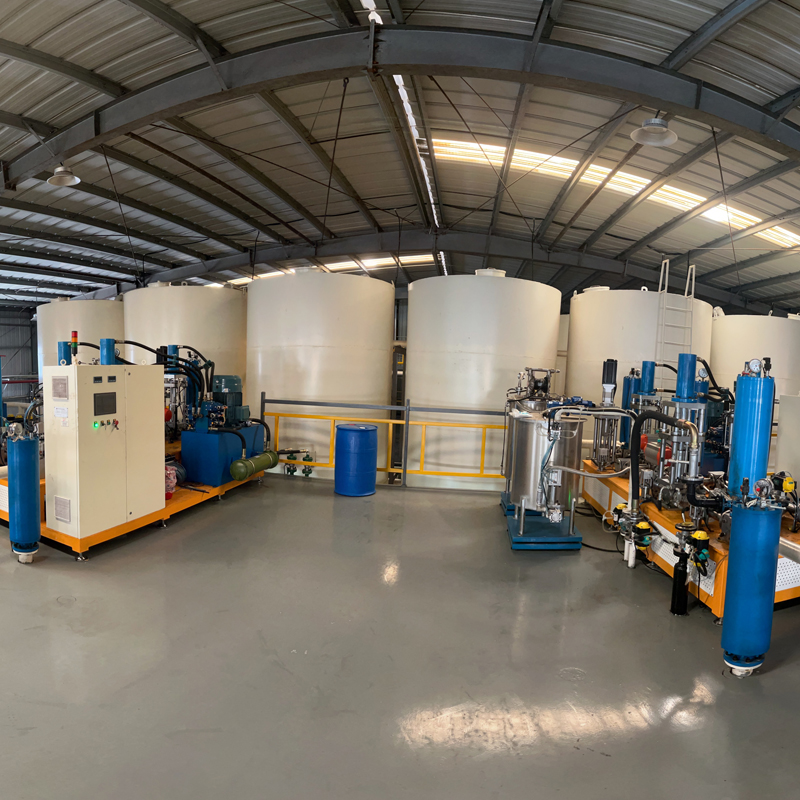
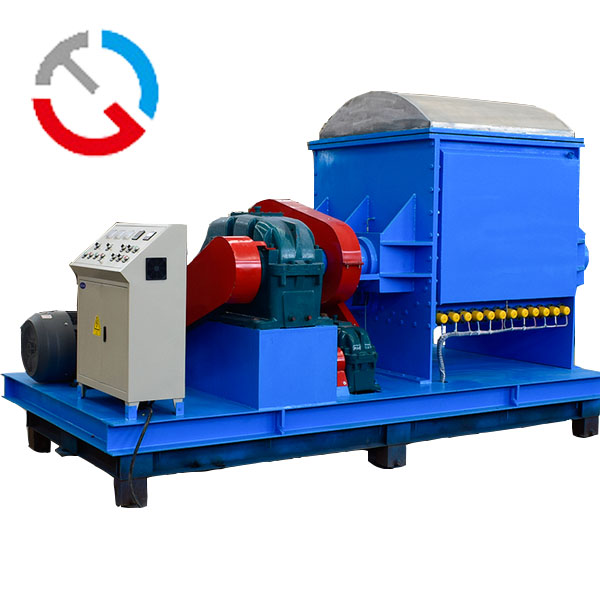
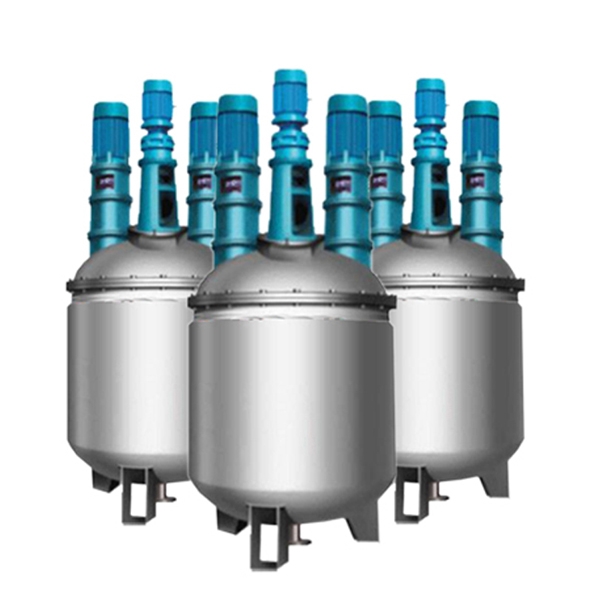
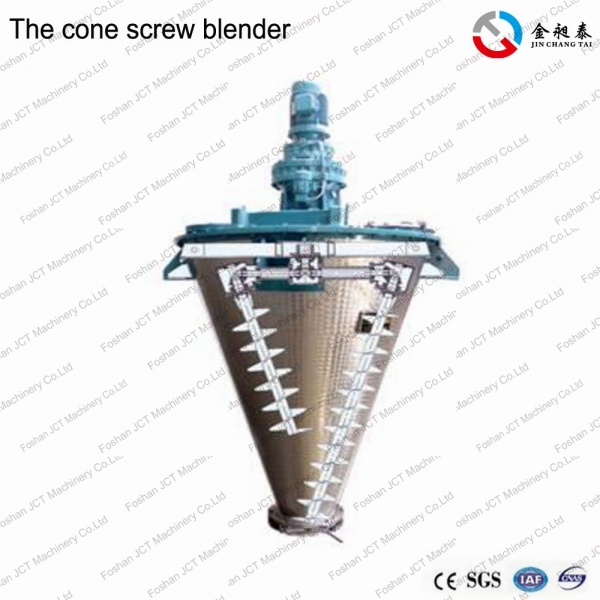


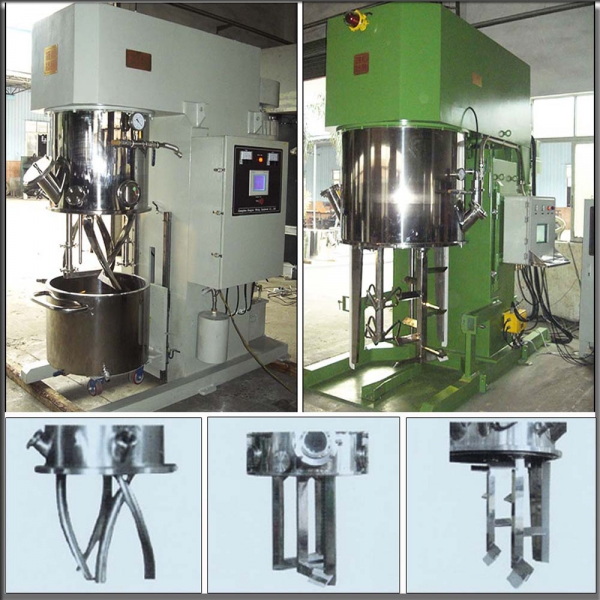





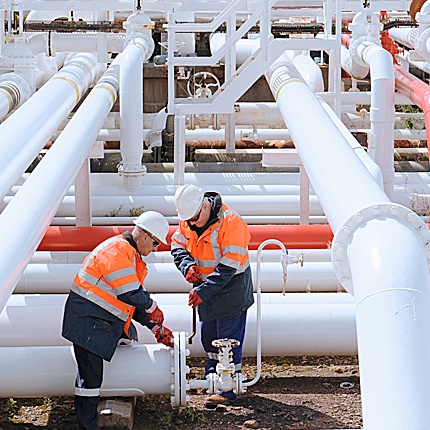

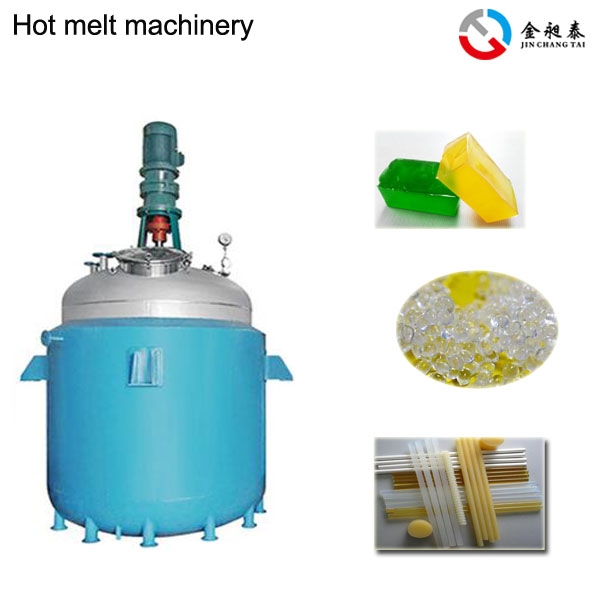
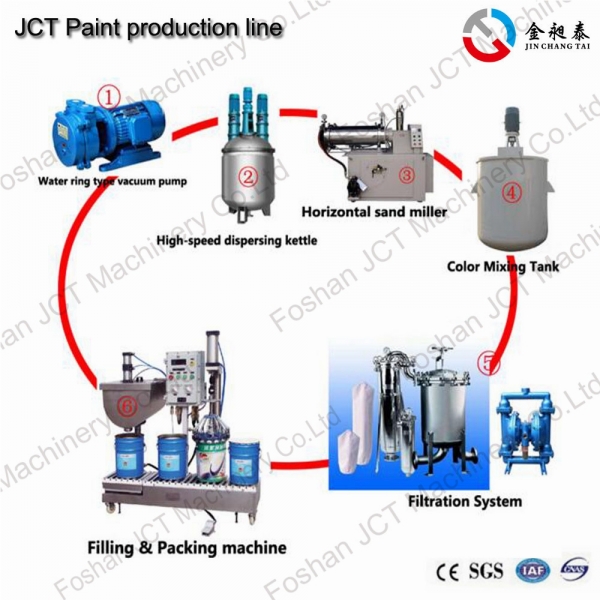
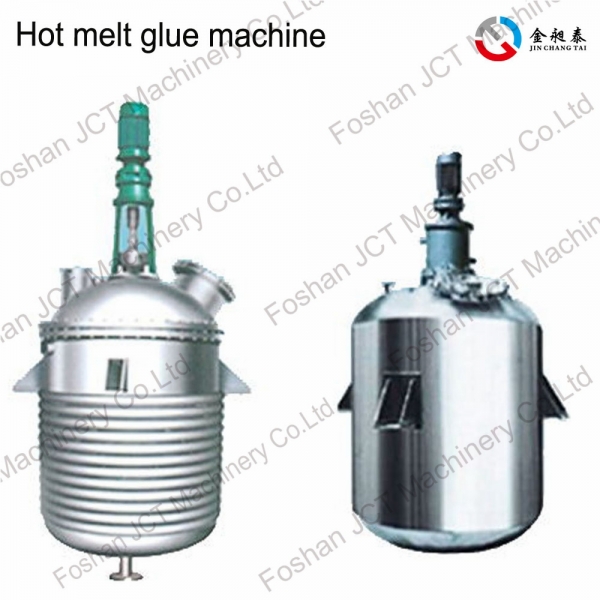
 CN
CN
 HOME
HOME What equipment is needed for the strip hot melt adhesive production line?
What equipment is needed for the strip hot melt adhesive production line?  You May Also Like
You May Also Like
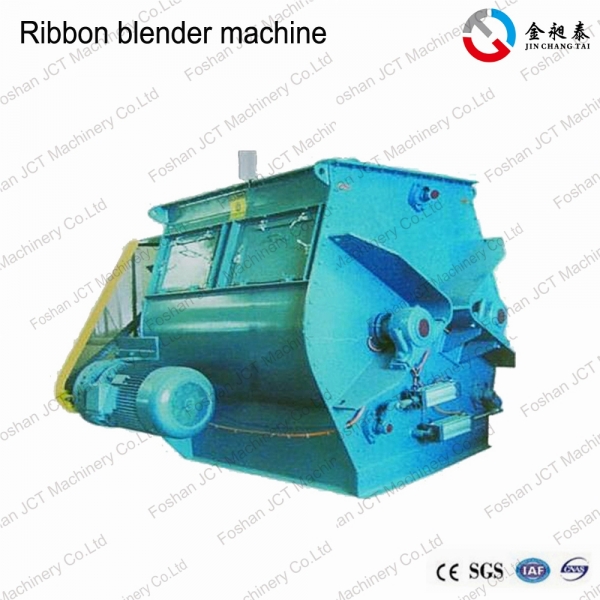

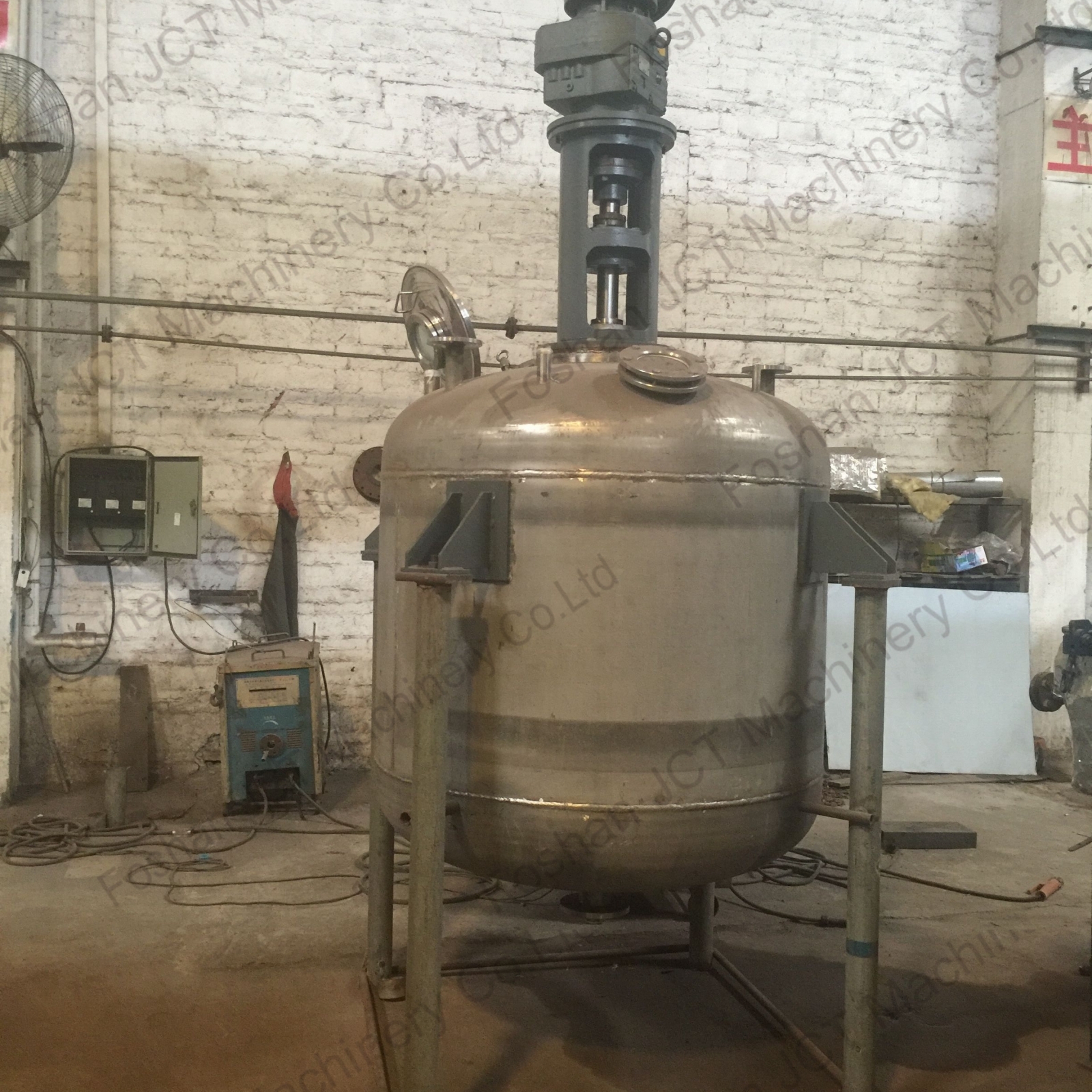
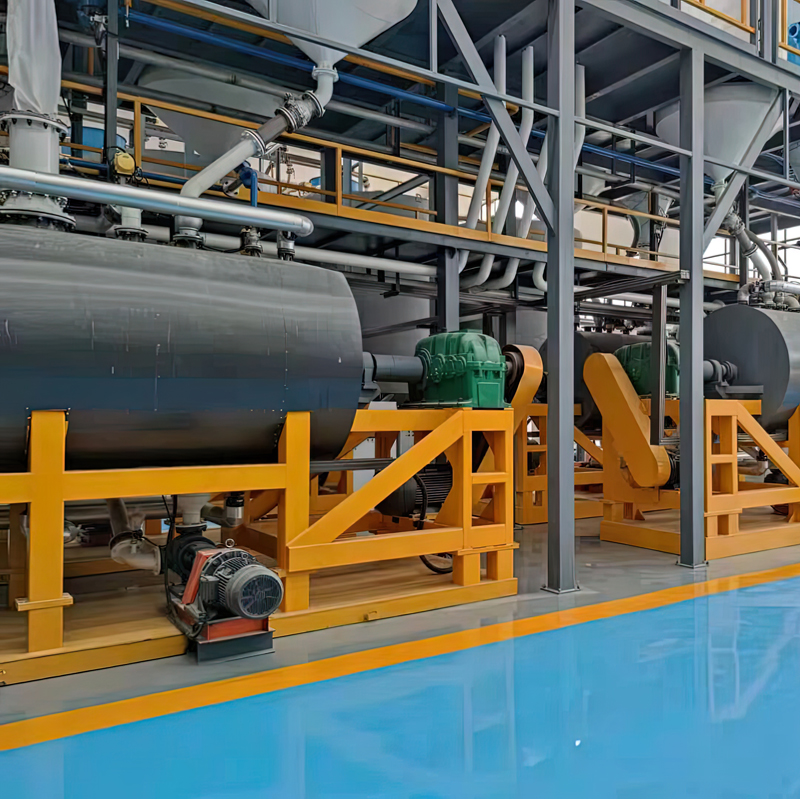

 Tel
Tel
 Email
Email
 Address
Address










